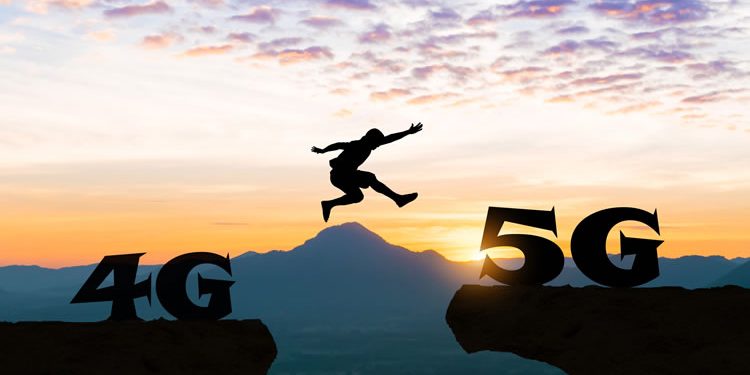The FINANCIAL — Thanks to the availability of high-speed mobile Internet connectivity, consumers and business users can connect to the Internet virtually anywhere. But have we even seen the full impact of wireless technologies yet? We’re exploring 5G’s potential to spark a global revolution. Deloitte provides answers to the main questions.
4G was responsible for so much change that many wonder if it’s even possible to create another wireless technology revolution, or if changes will simply build incrementally on what 4G started. While the impact of the 5G wireless network still remains to be seen, it has the potential to drive numerous advancements, including digital transformation across industries, providing a platform for end-to-end IoT connectivity, enabling faster connections for consumers, and even providing a more cost-effective platform for carriers.
What’s so great about the new 5G network?
Higher speeds, low latency, and more “lanes” in the network to organize and allocate bandwidth.
Why do we need faster mobile data speeds?
One big reason is video. The 5G network can allow a subscriber to download an HD movie in 5 to 10 seconds, compared with 10 minutes for 4G. In fact, 5G technology could deliver speeds of up to 10 gigabits per second. Such speeds can also make even more data-intensive entertainment like virtual reality viable on mobile networks, instead of relying on a Wi-Fi connection.
What is latency? And why is 5G’s low latency such a big advantage?
Latency is the amount of time it takes a data packet to get from one point to another on a data network. Much of the excitement around 5G networks has to do with their low latency—about one millisecond.
The promise of IoT has long been touted, but the difficulty of setting up low-latency wireless networks capable of linking sensors and connected devices has typically been a serious barrier to widespread adoption. 5G can help telecommunications companies develop critical new revenue streams, while helping drive the digitization of nearly every industry.
How will 5G enable more lanes per network?
5G networks can accommodate several dedicated “lanes” on the same network infrastructure. Instead of having to build several dedicated networks for different technical requirements, a WSP can use a common network infrastructure to create multiple virtual networks. It can then deliver “network as a service” to customers with varied use cases.






























Discussion about this post